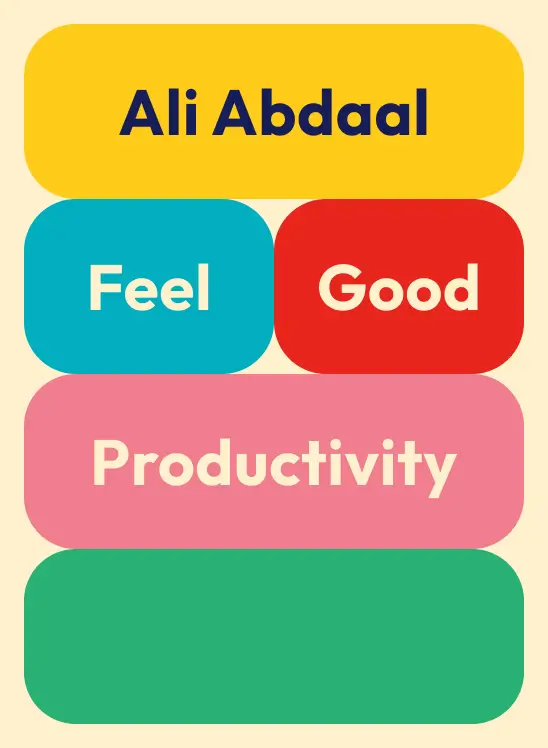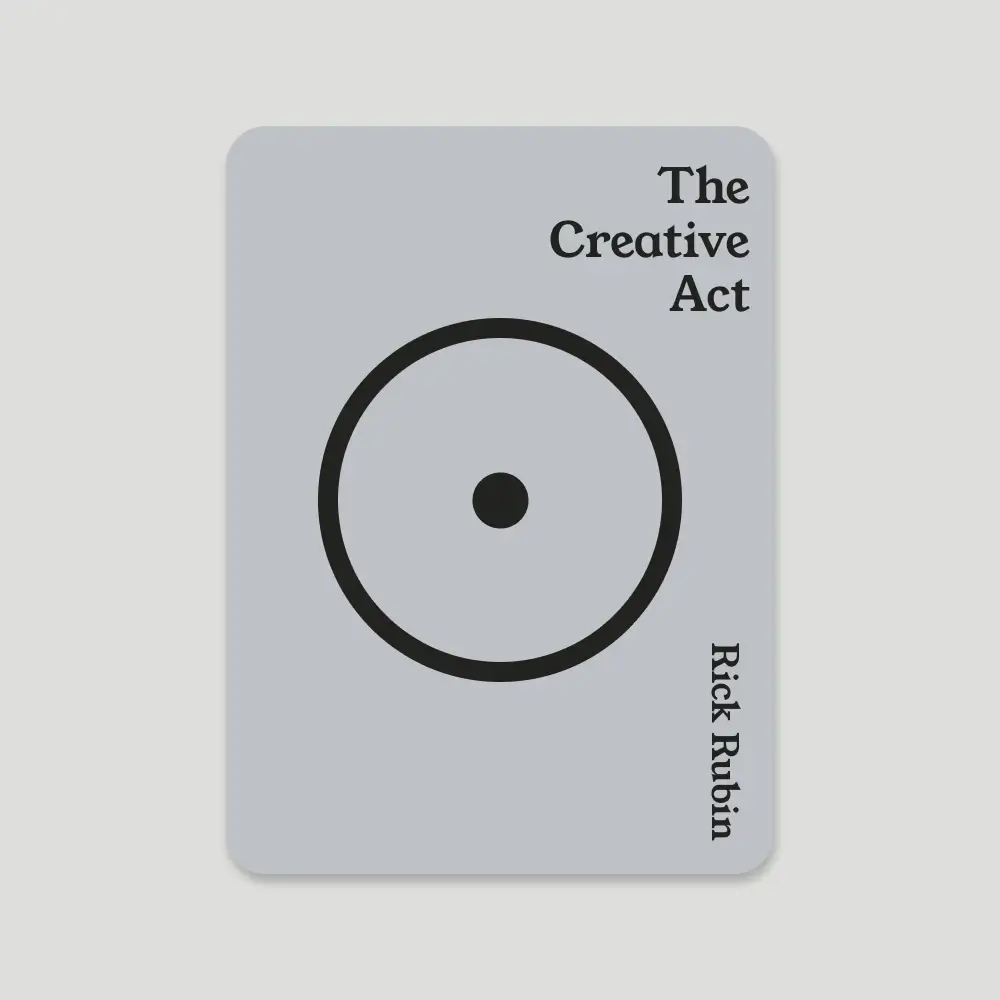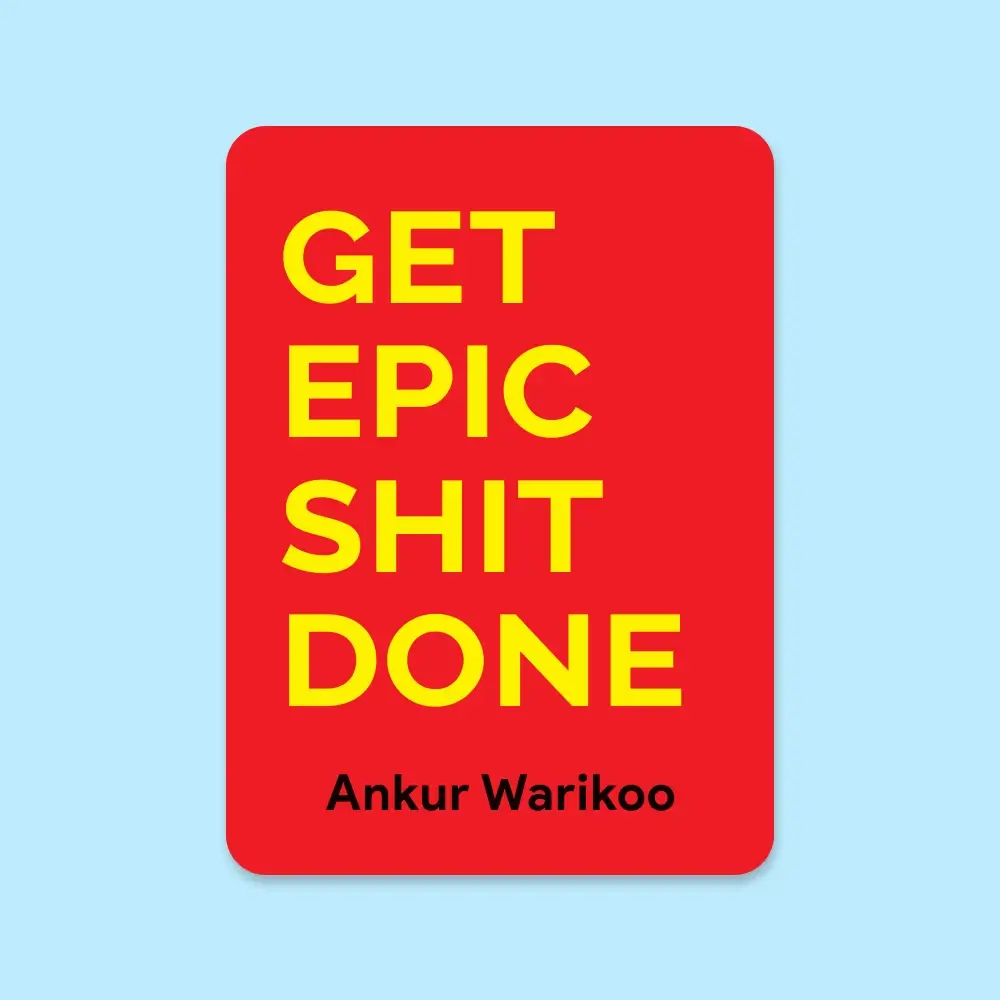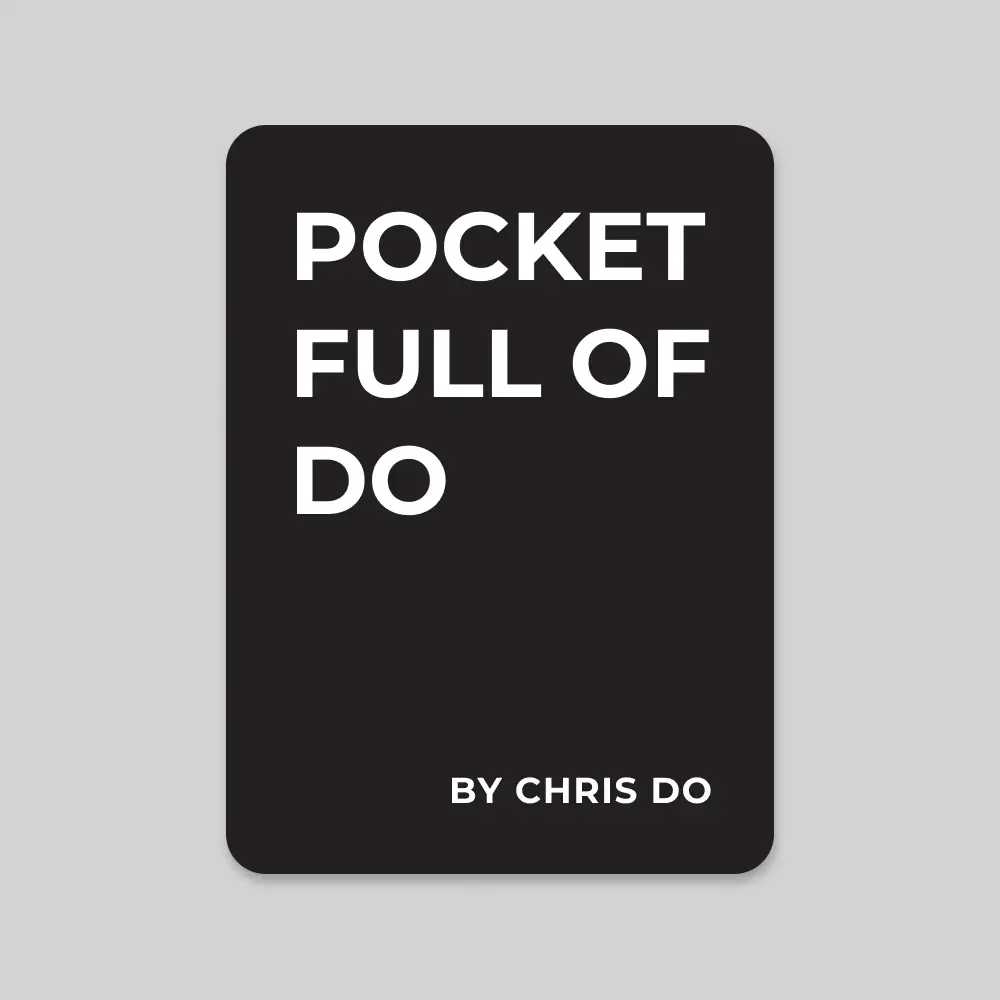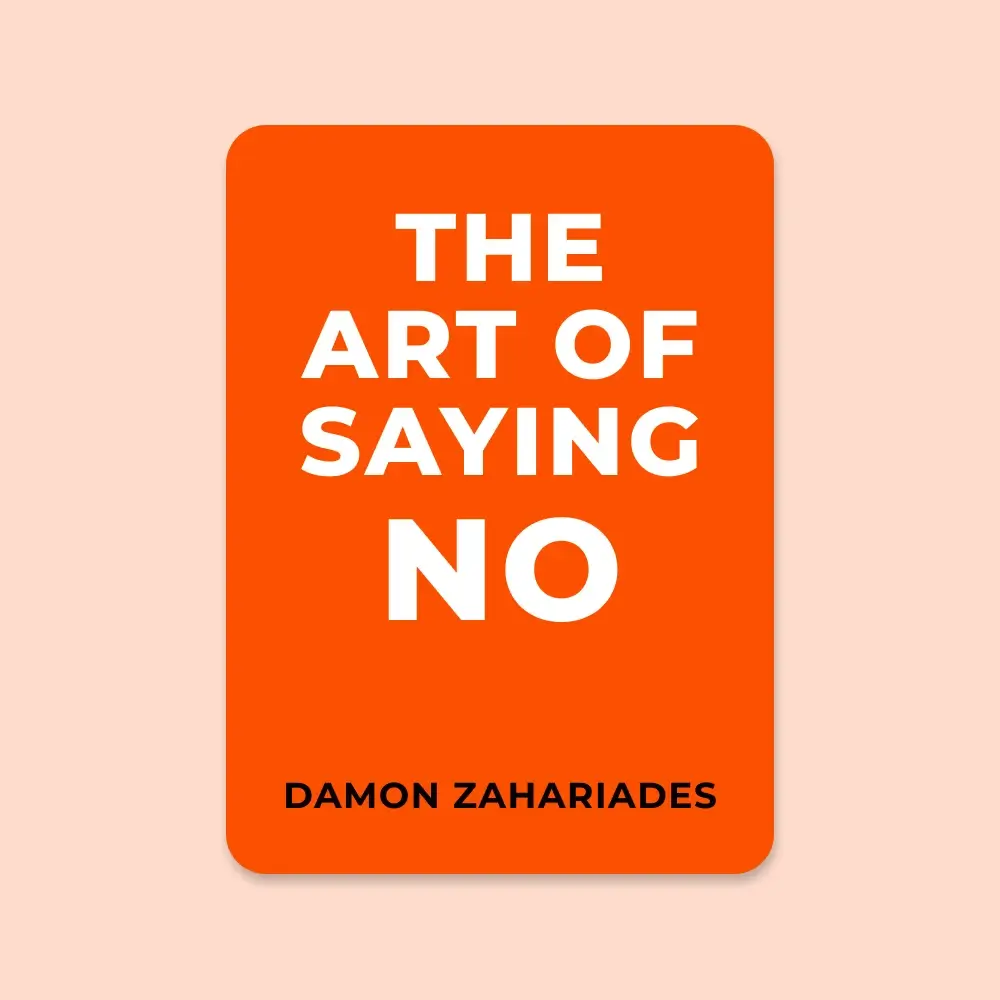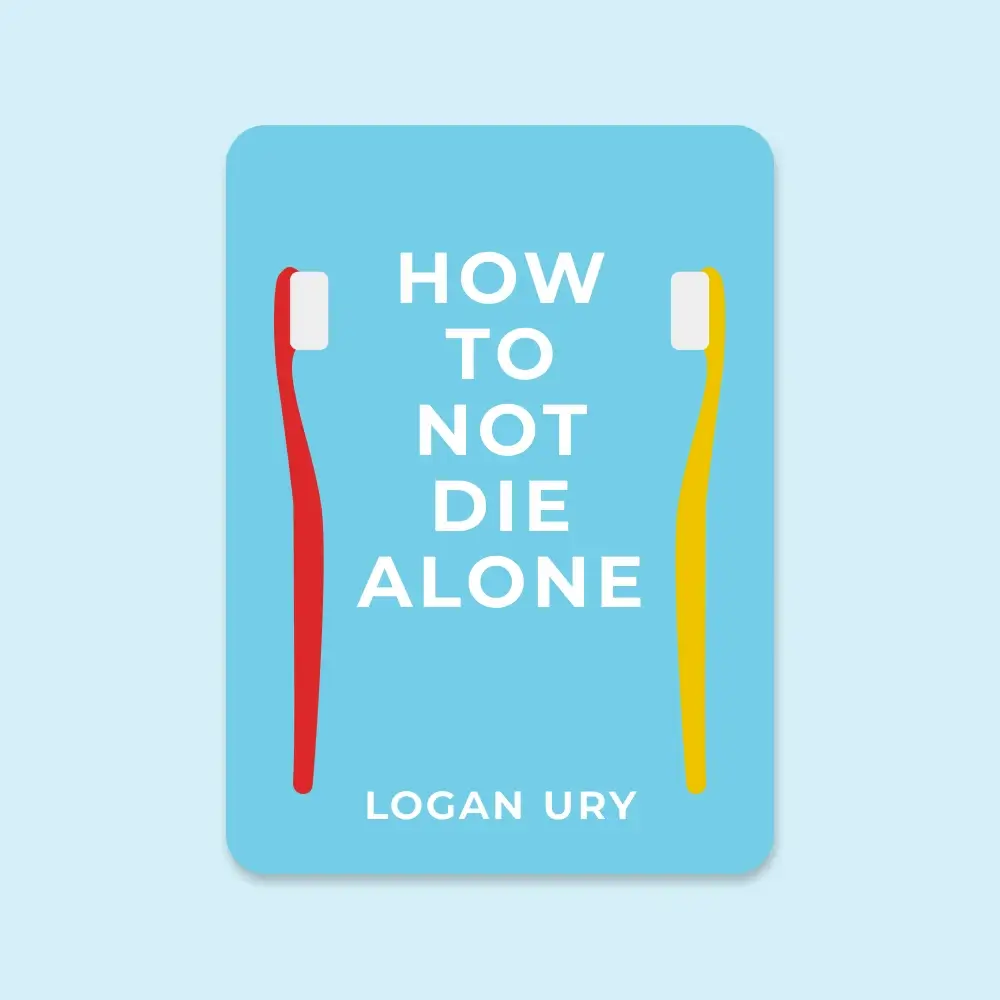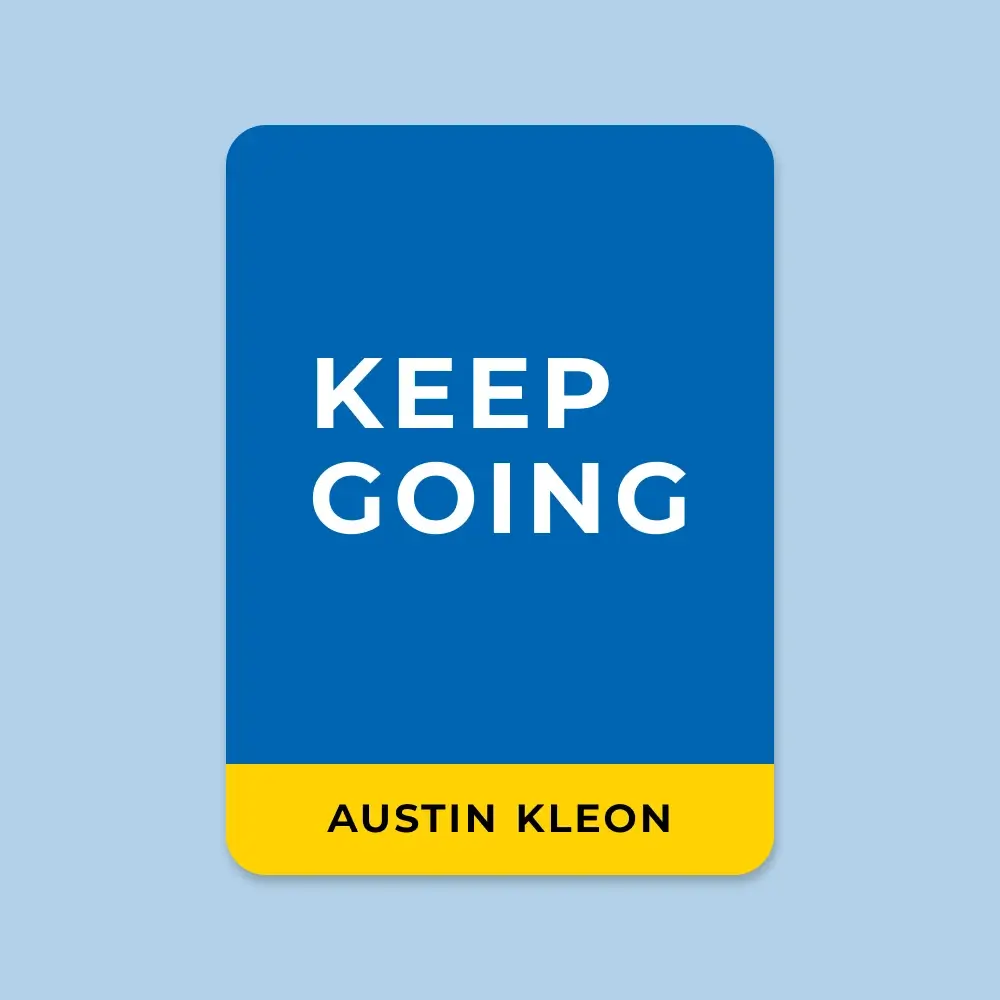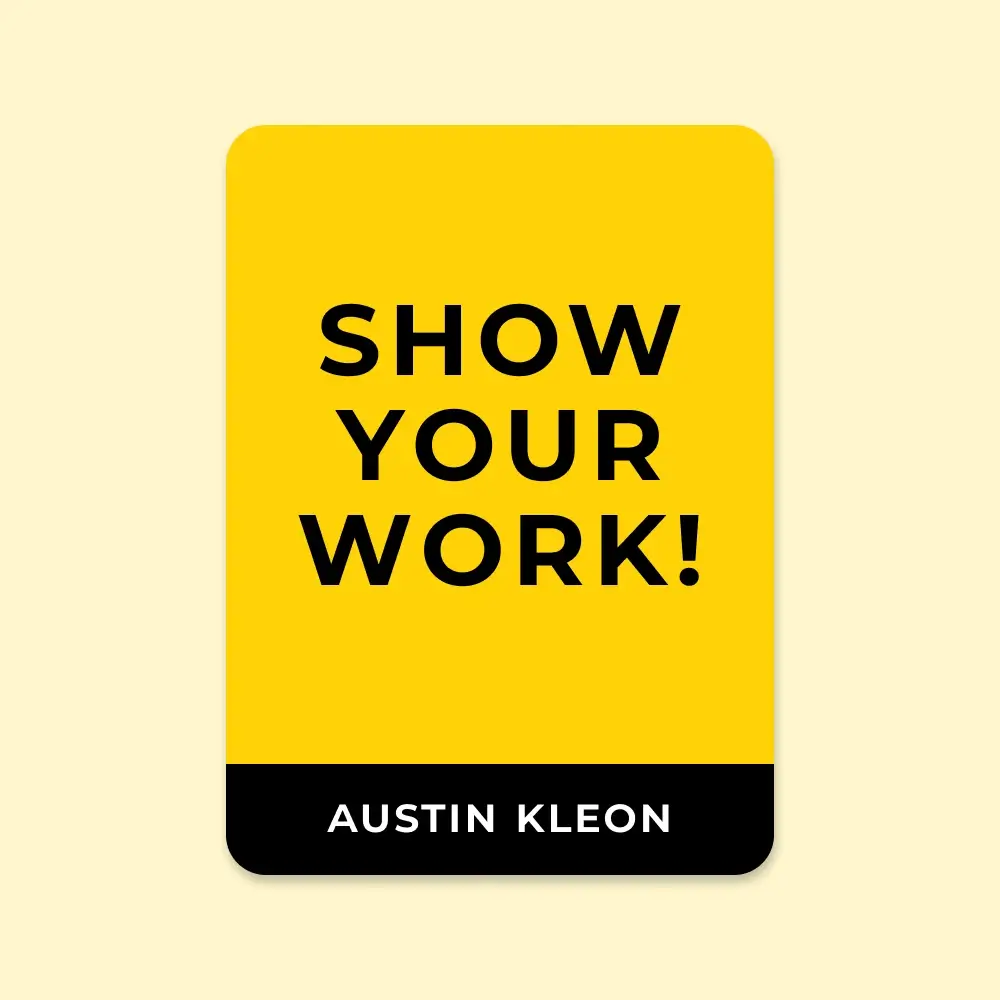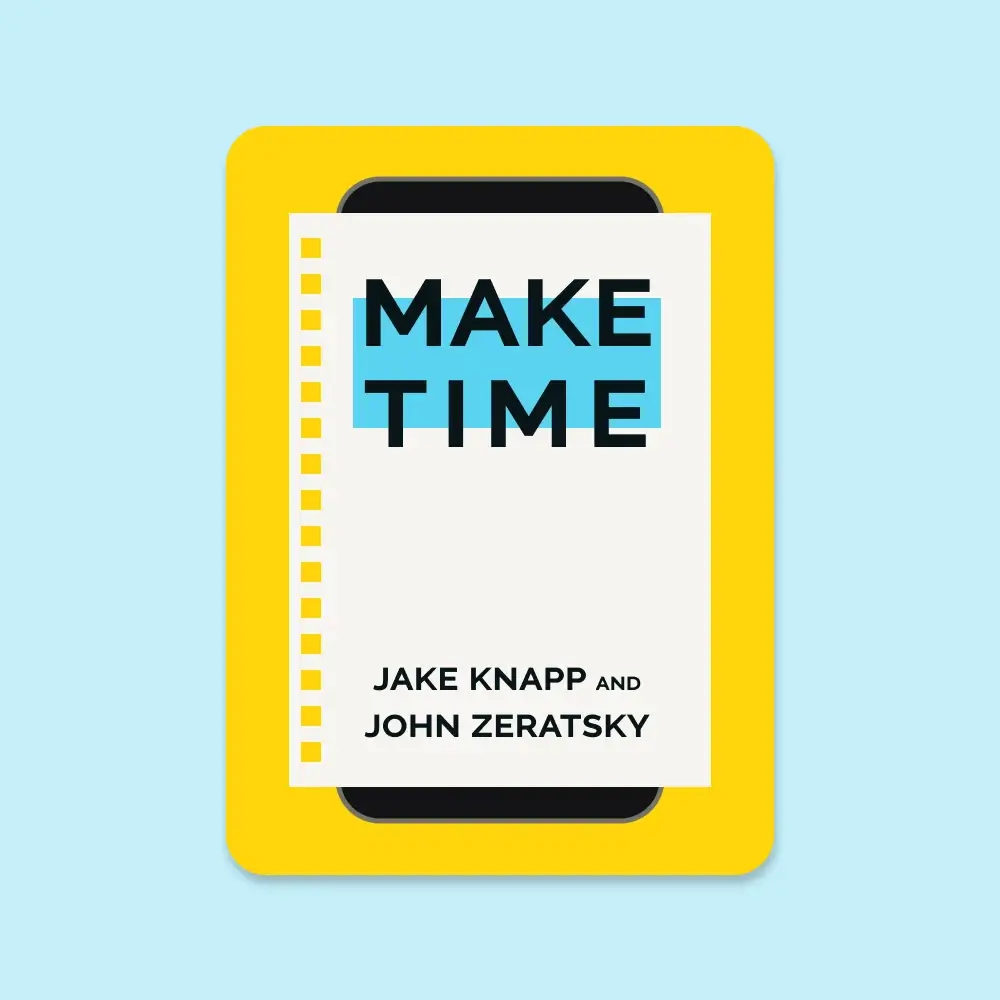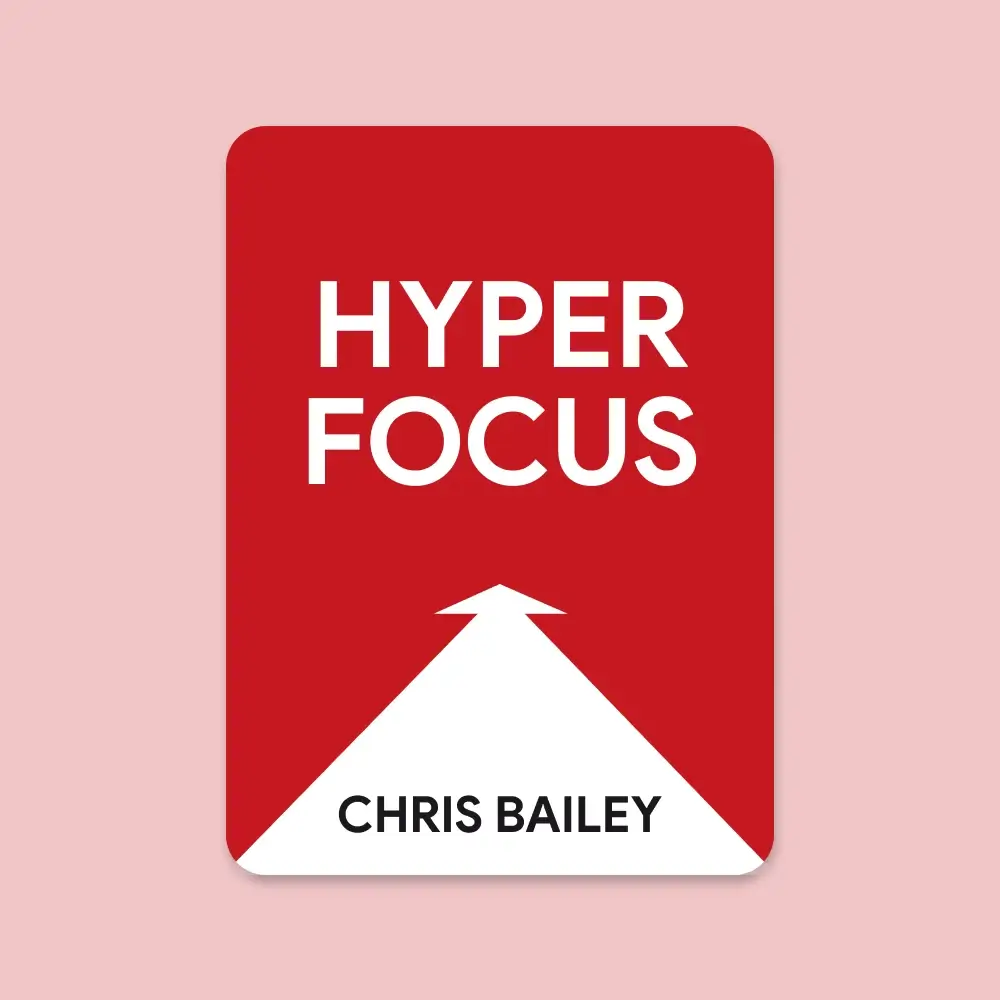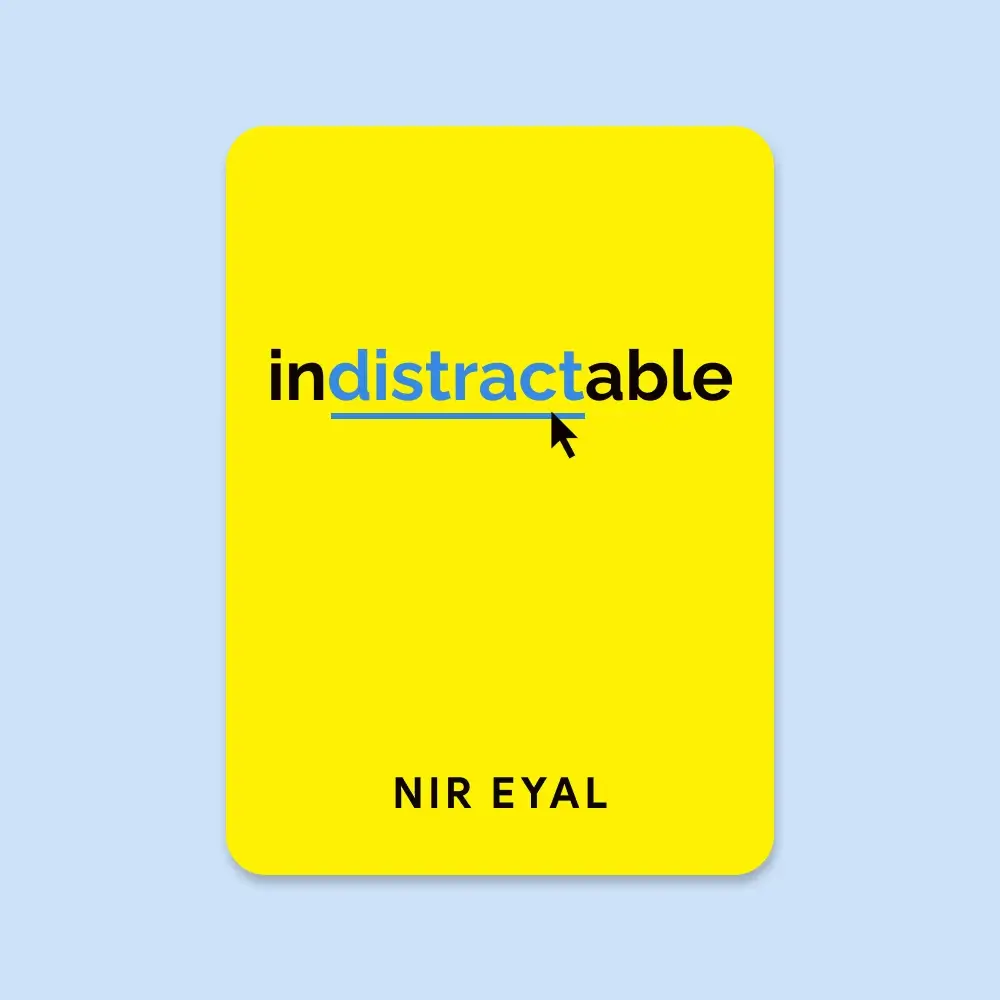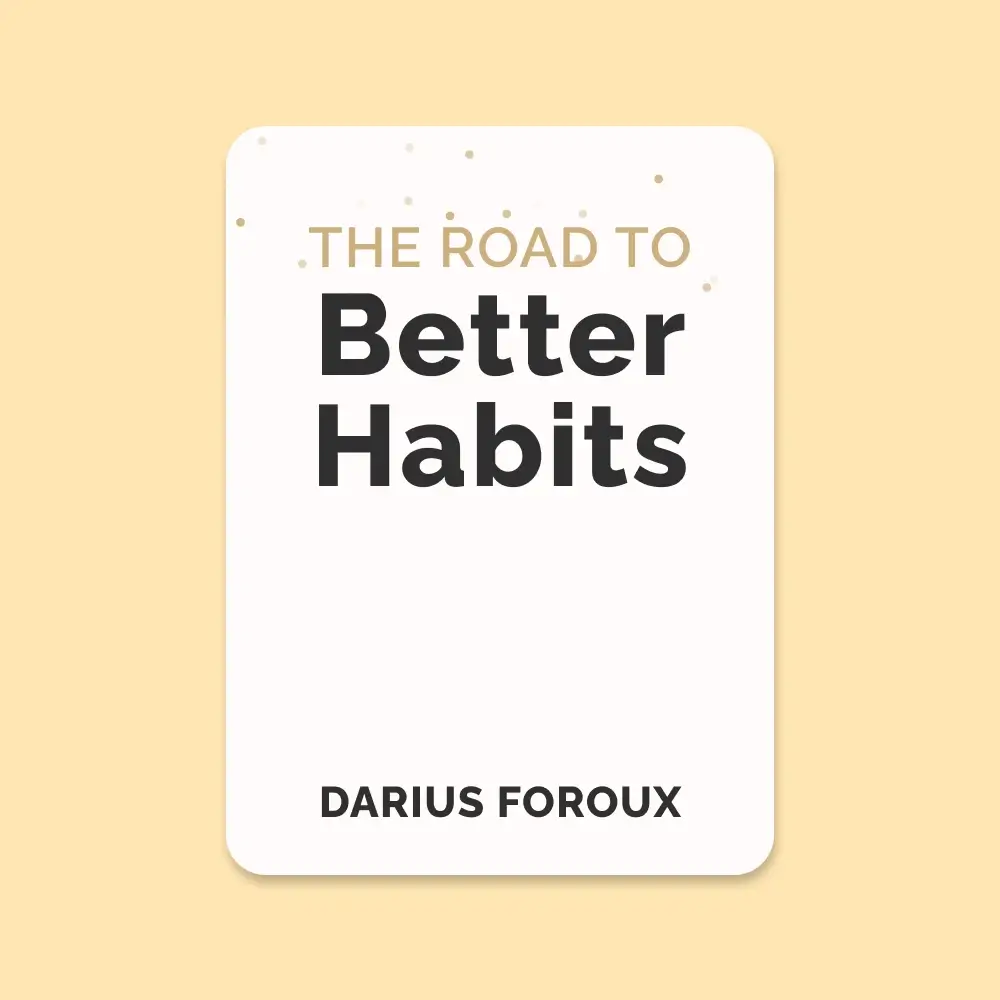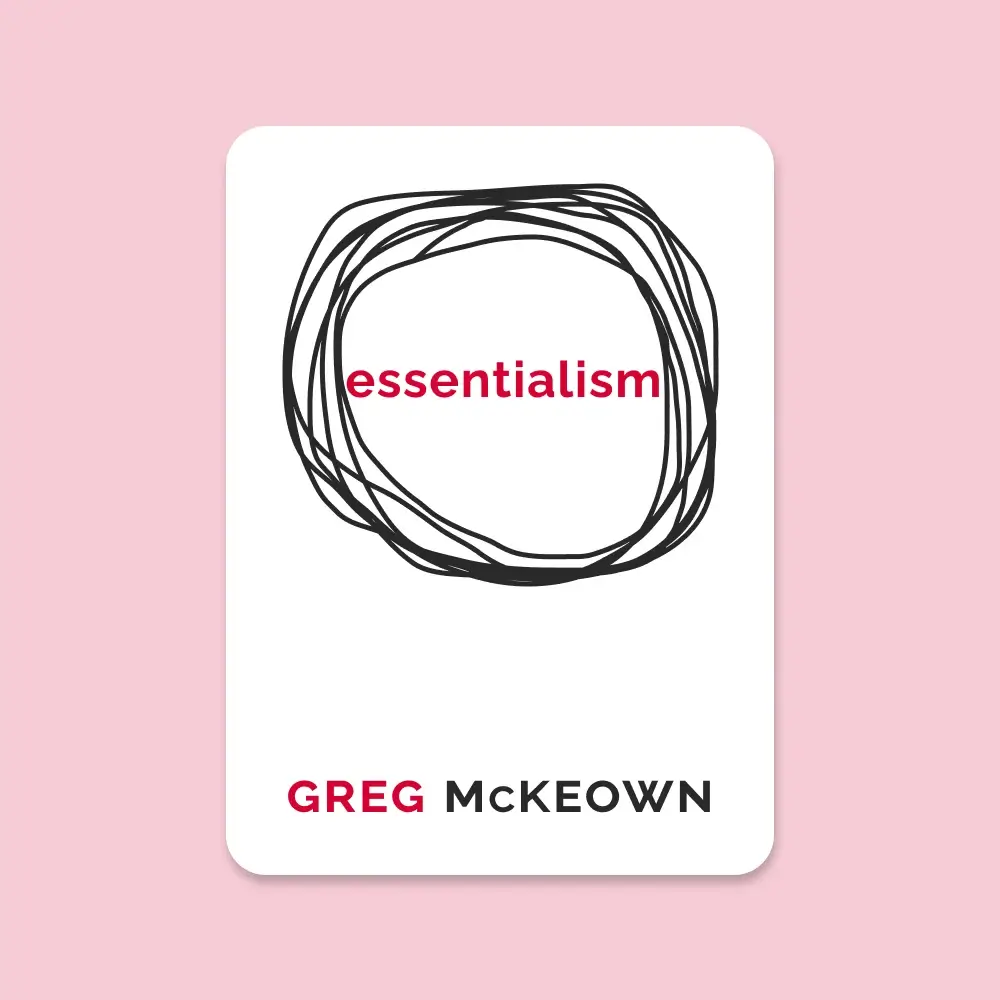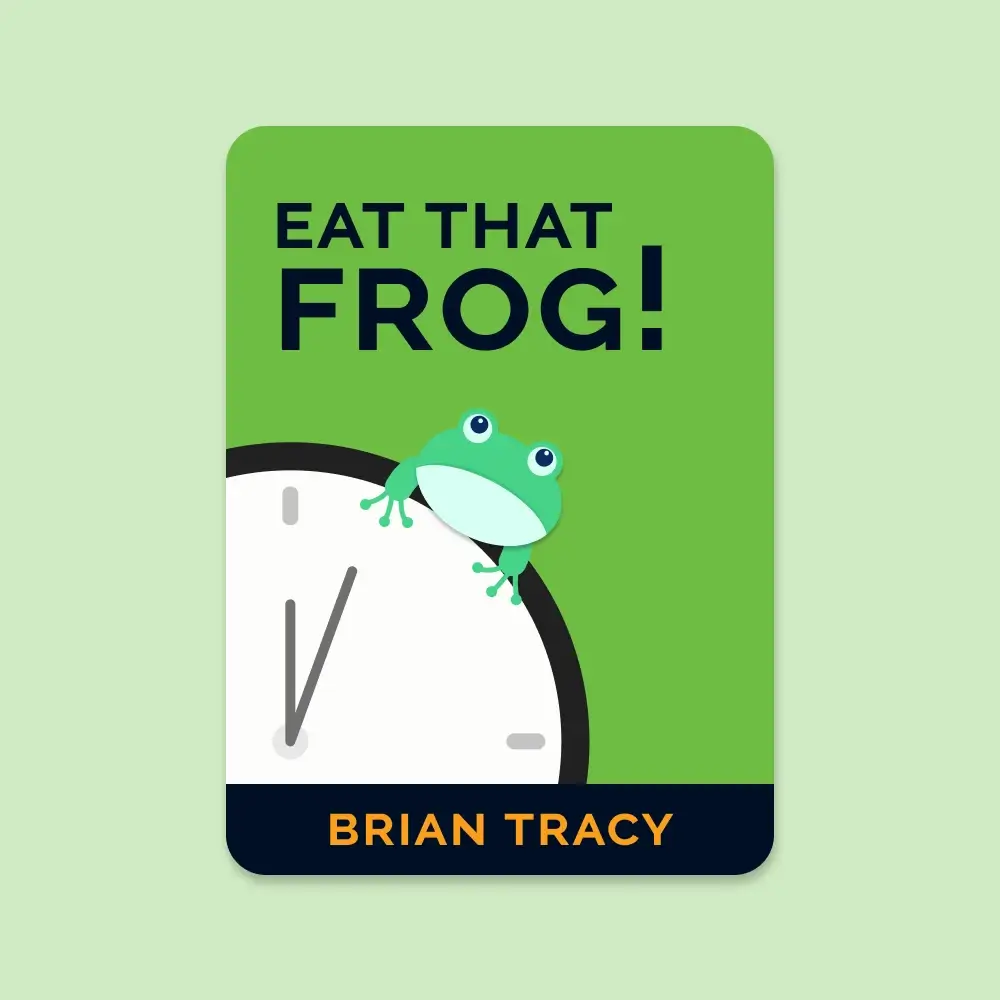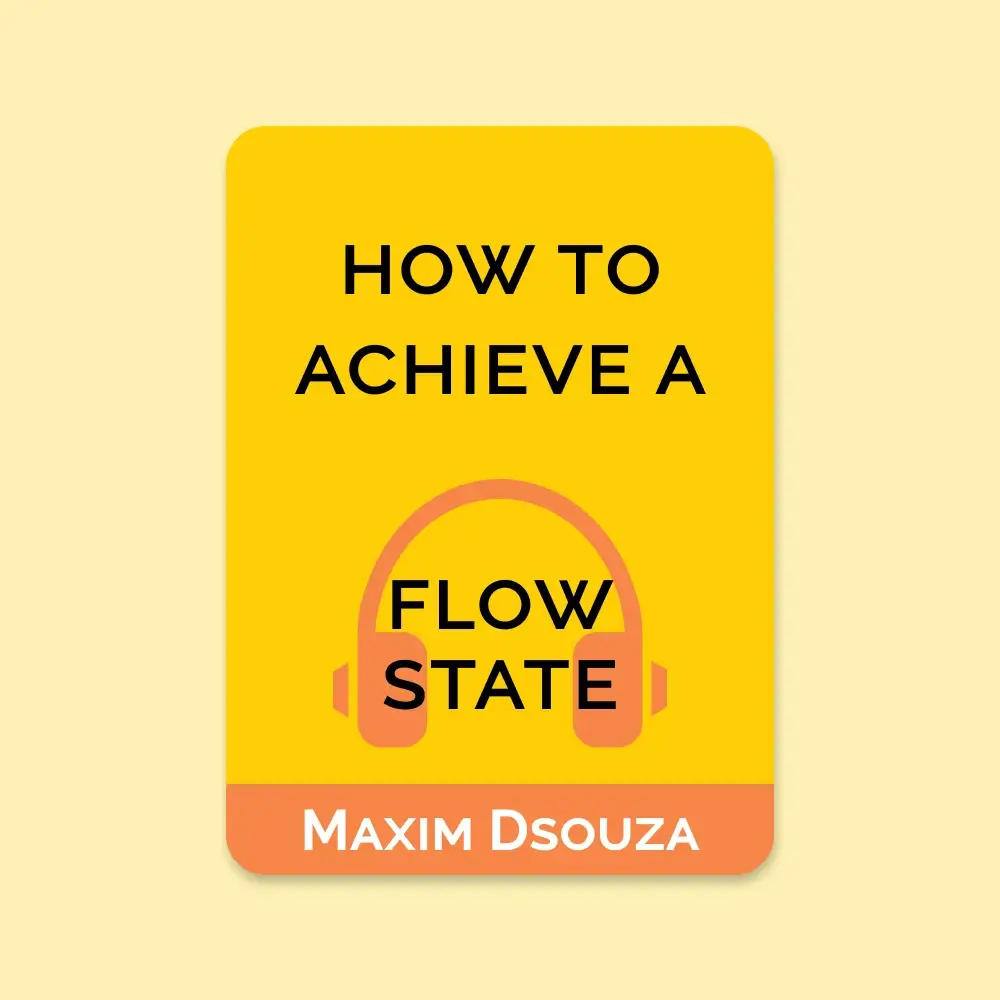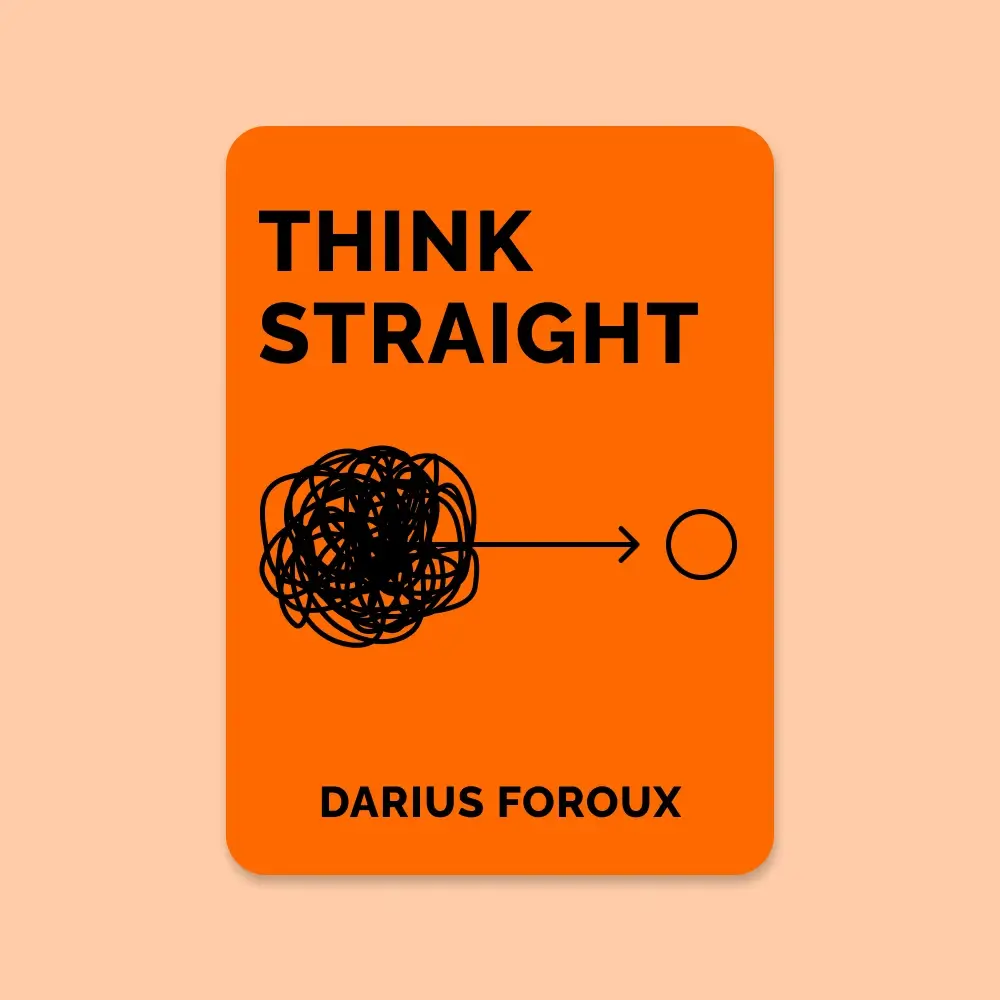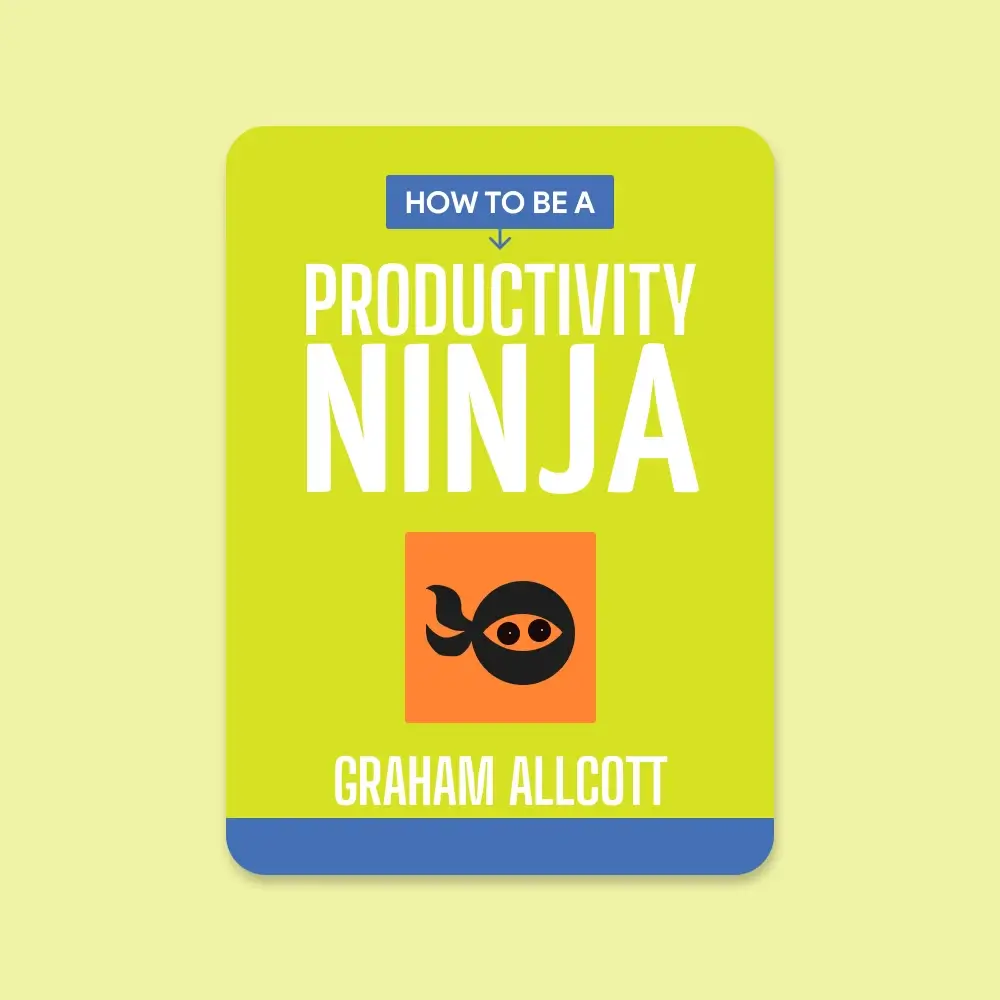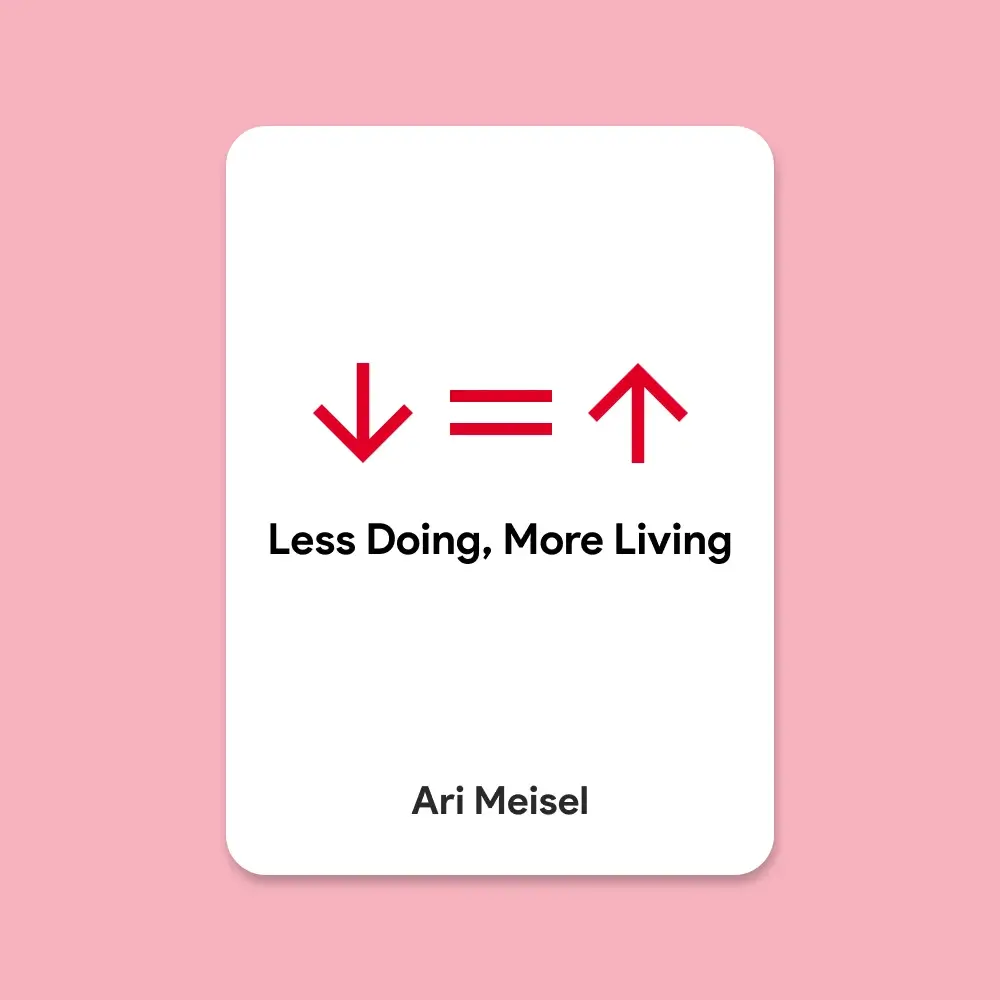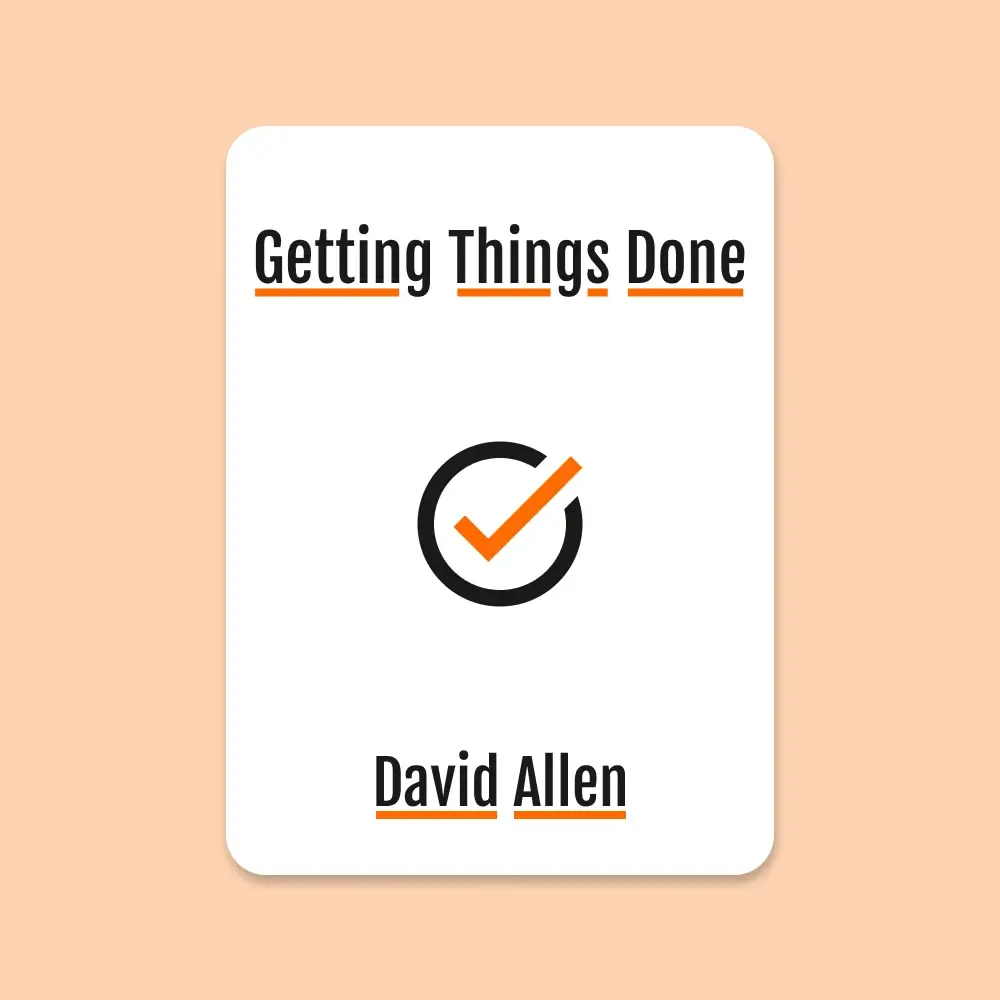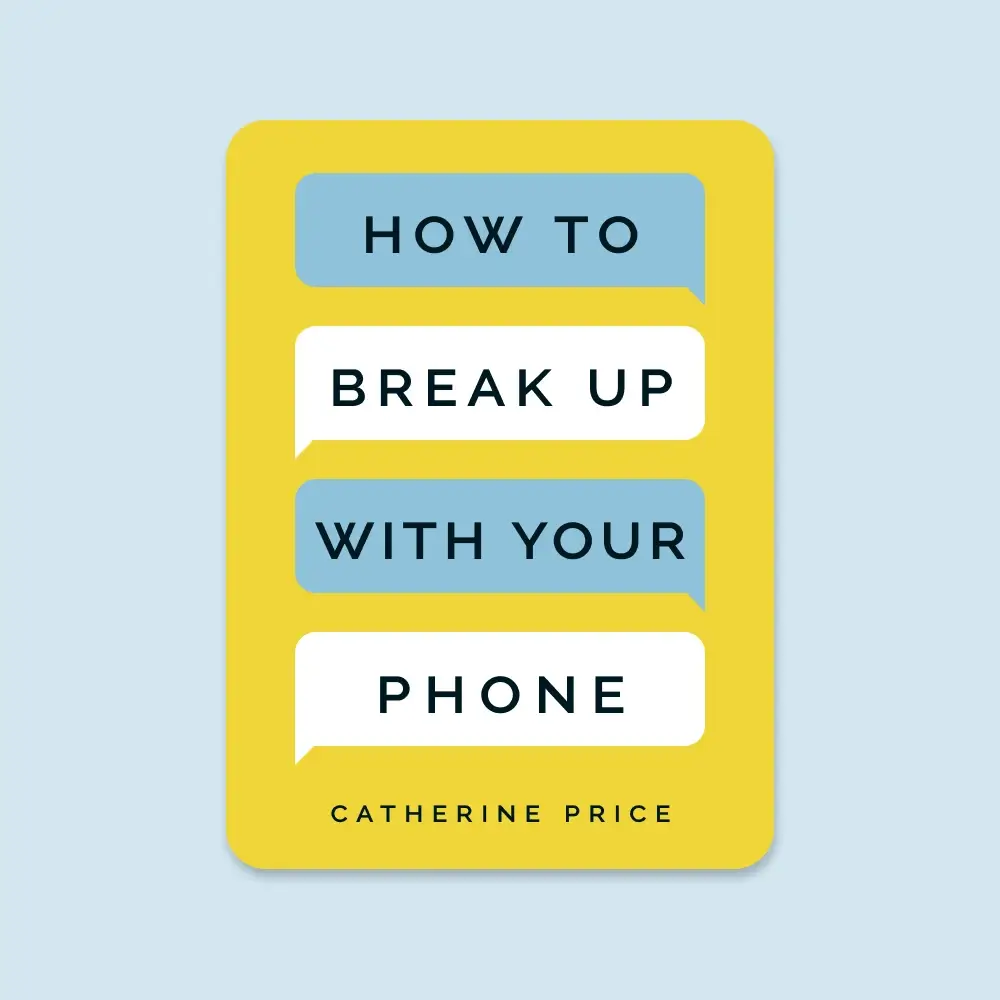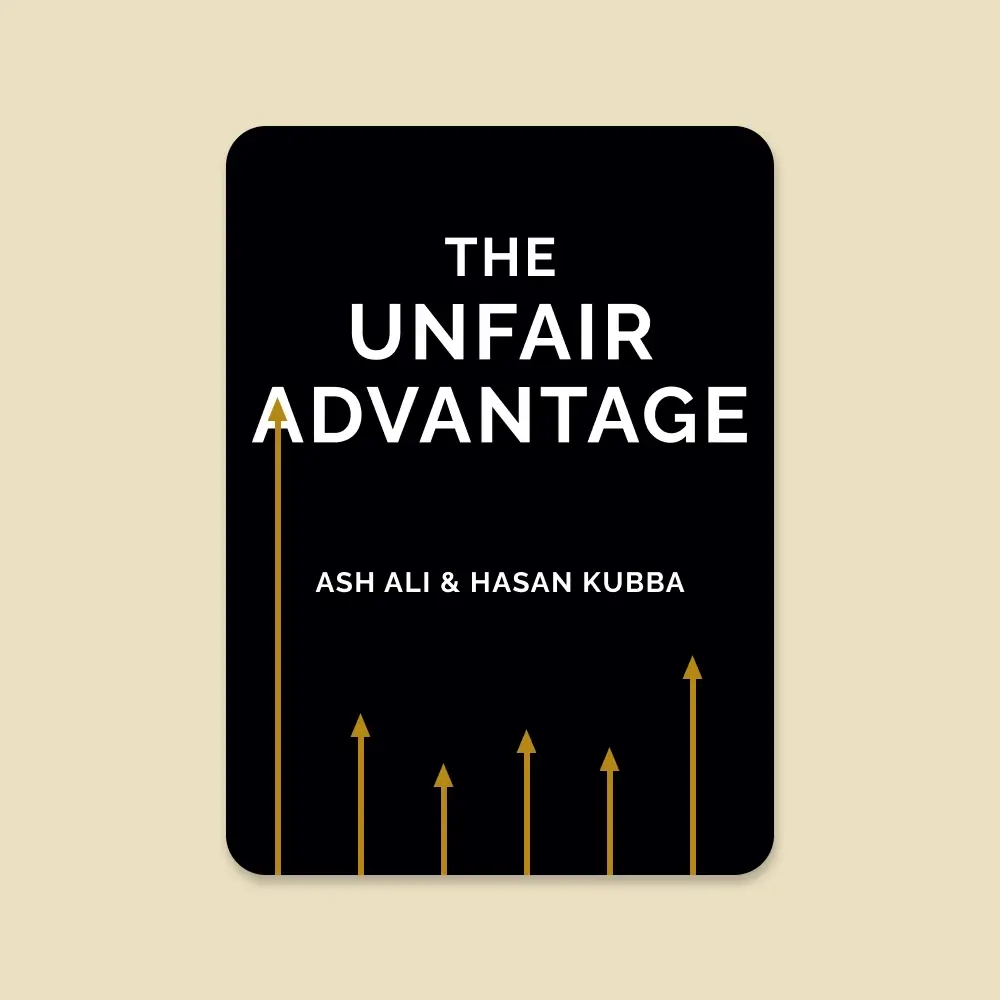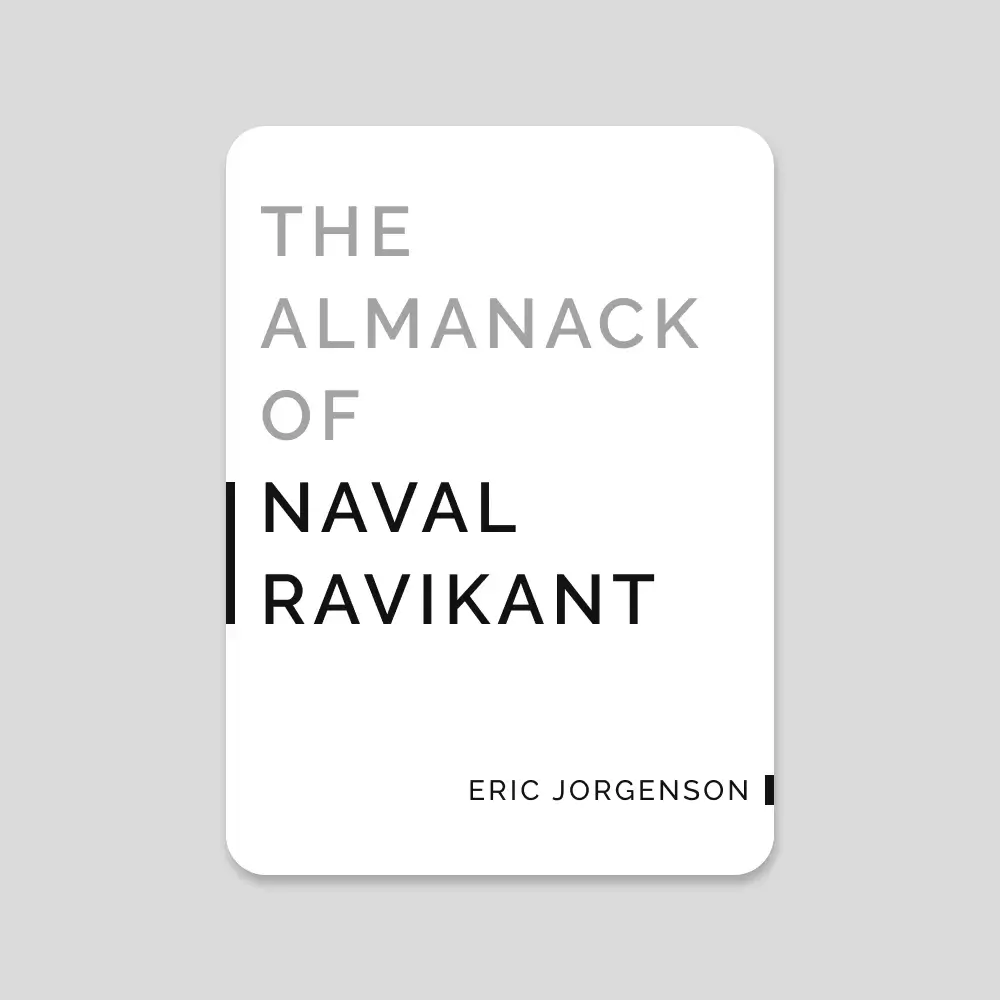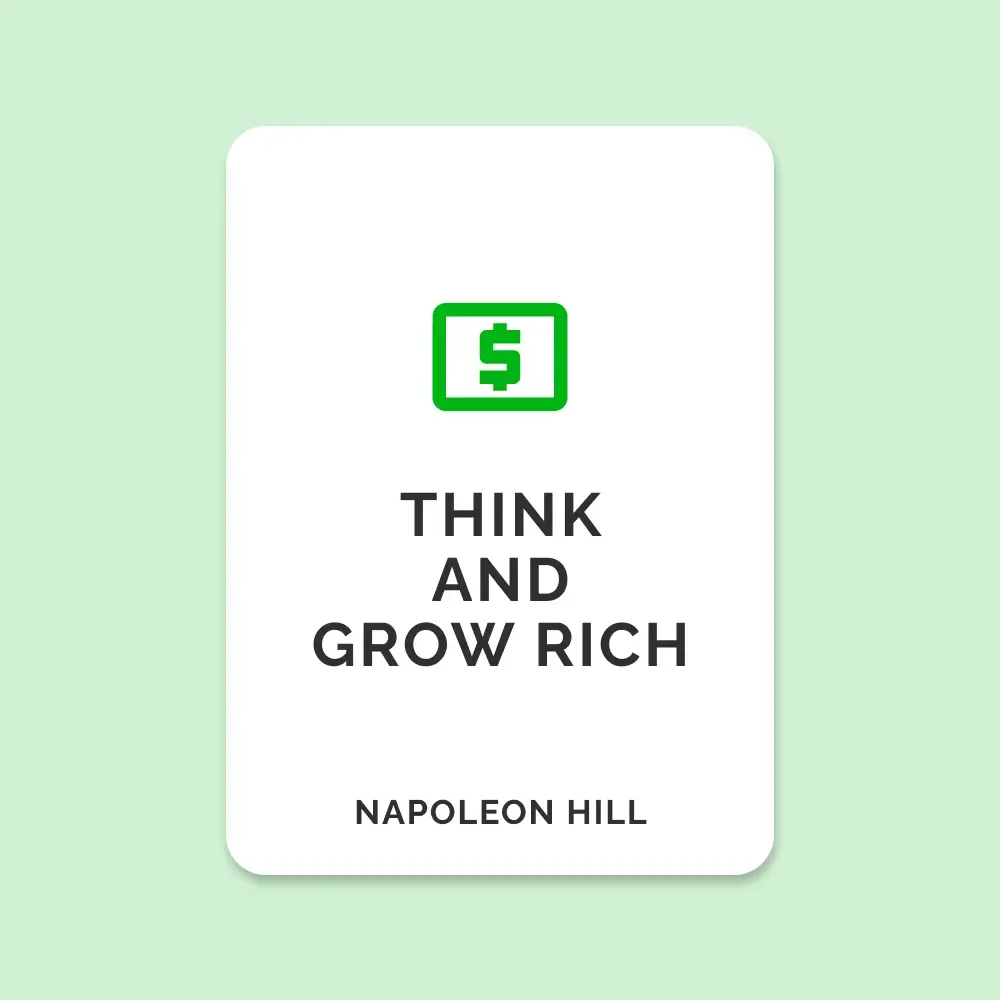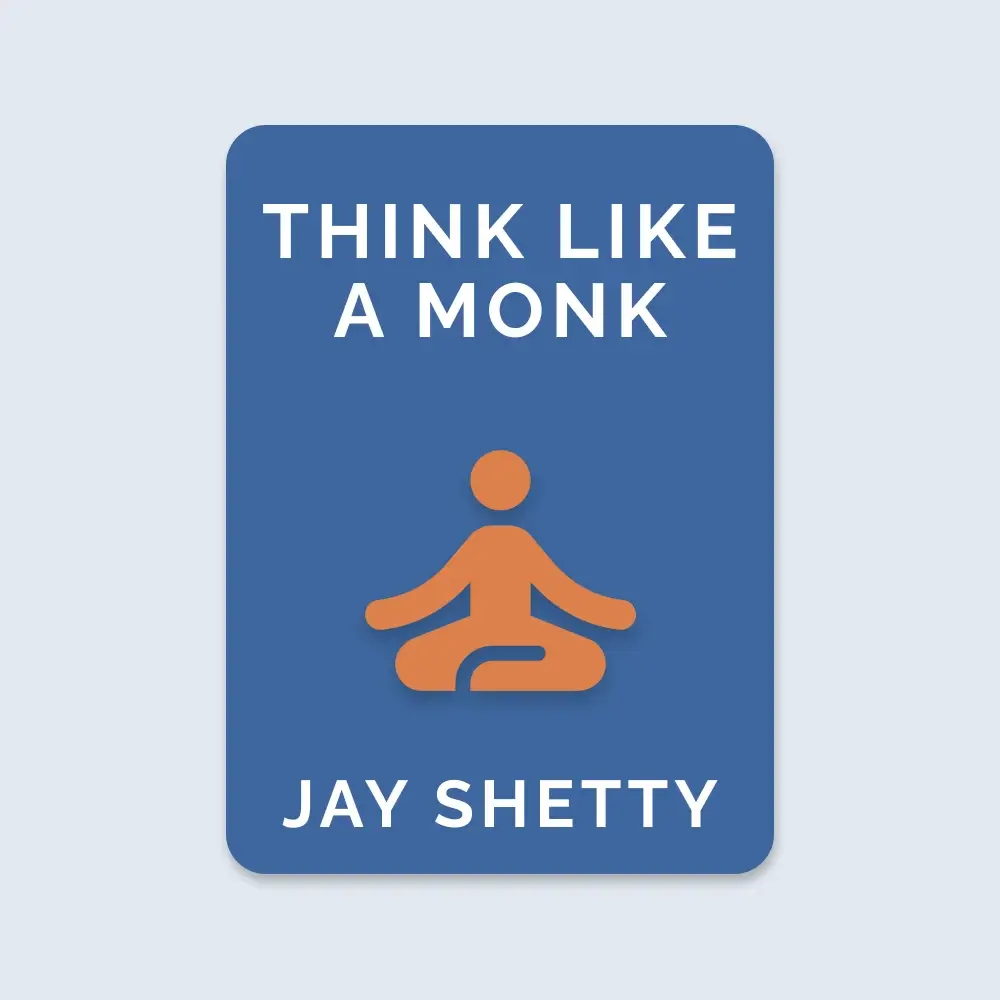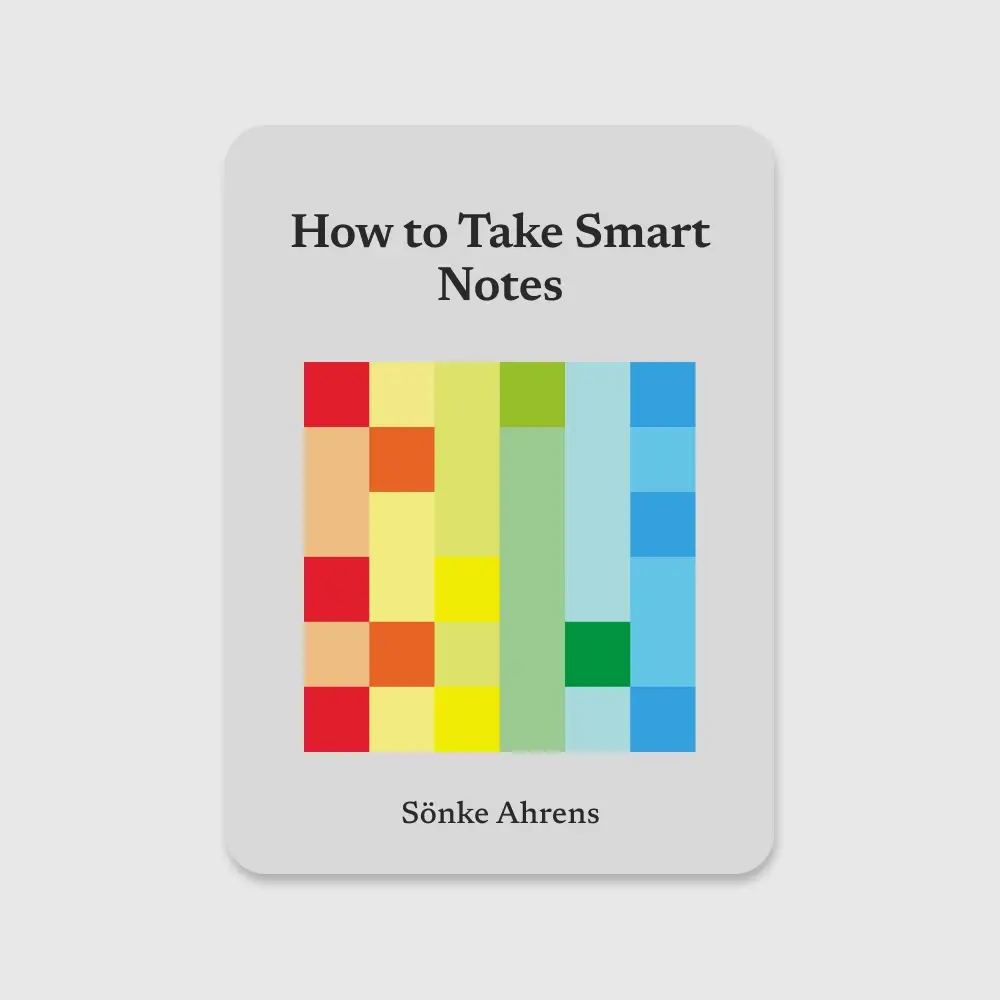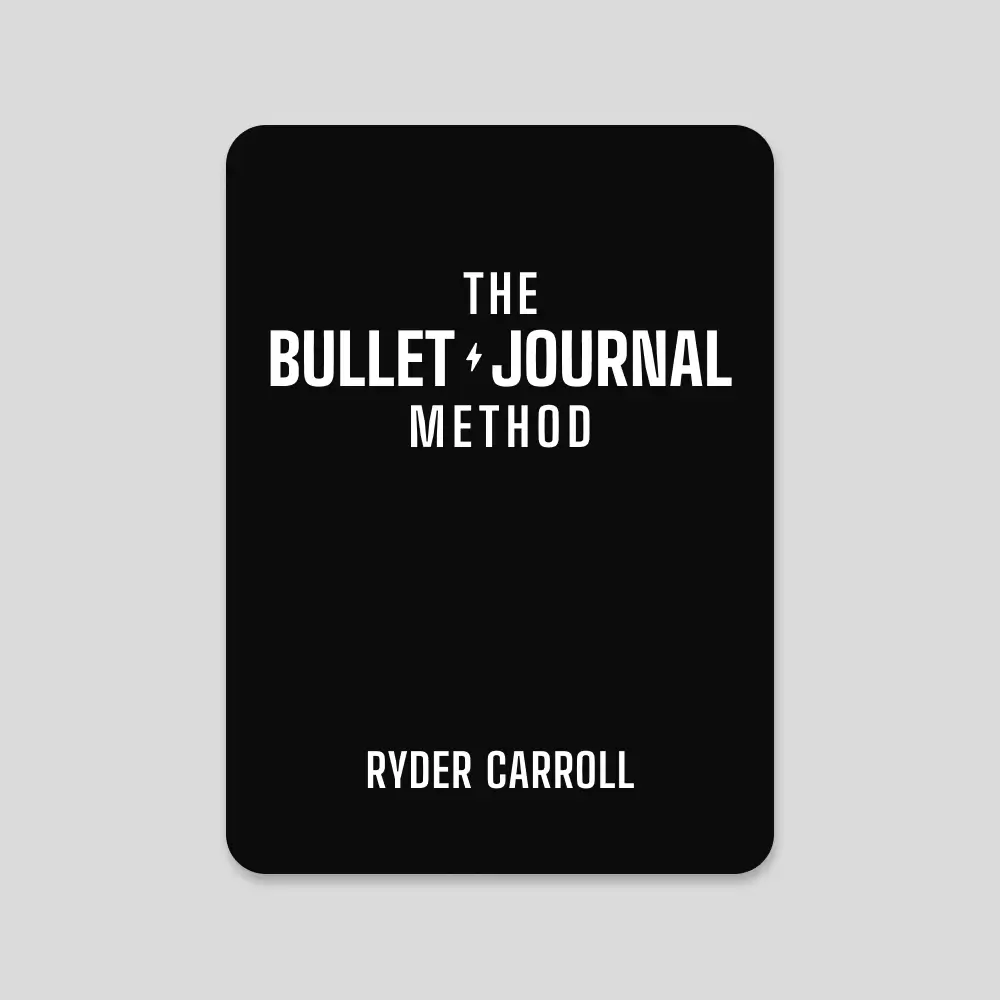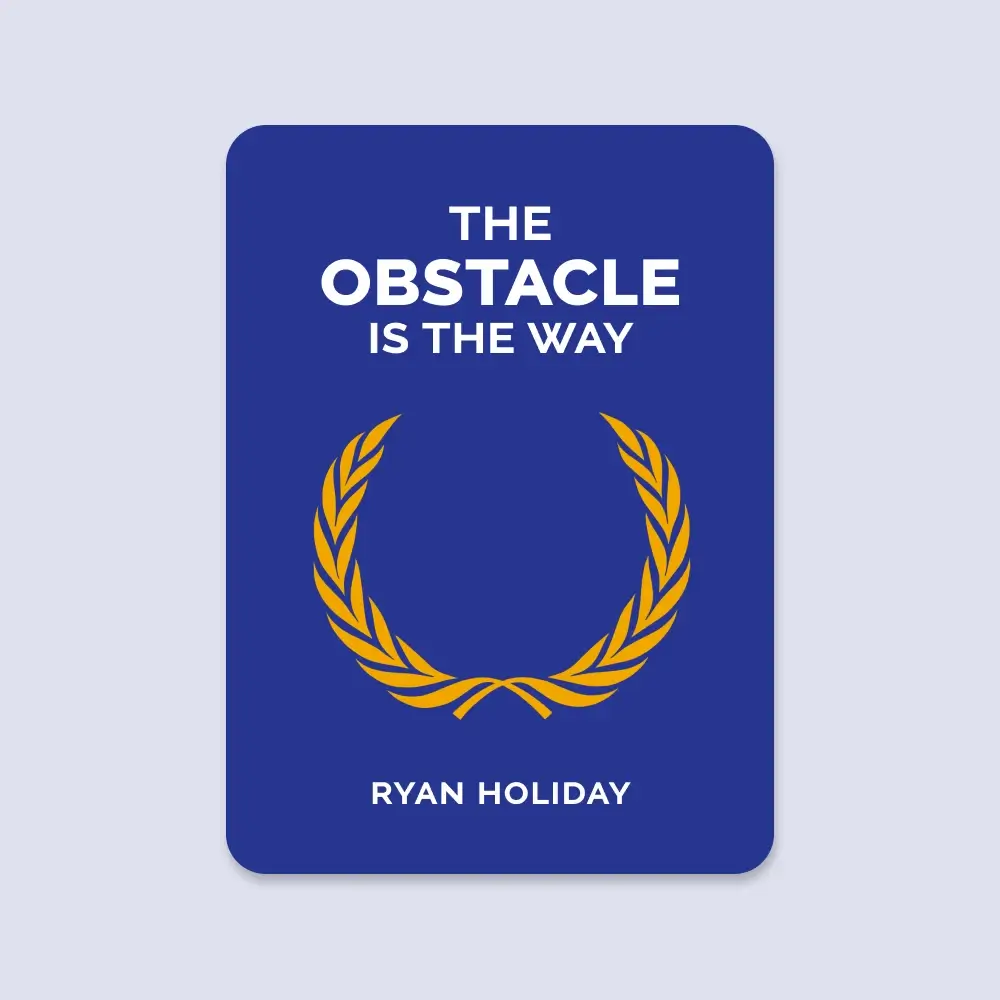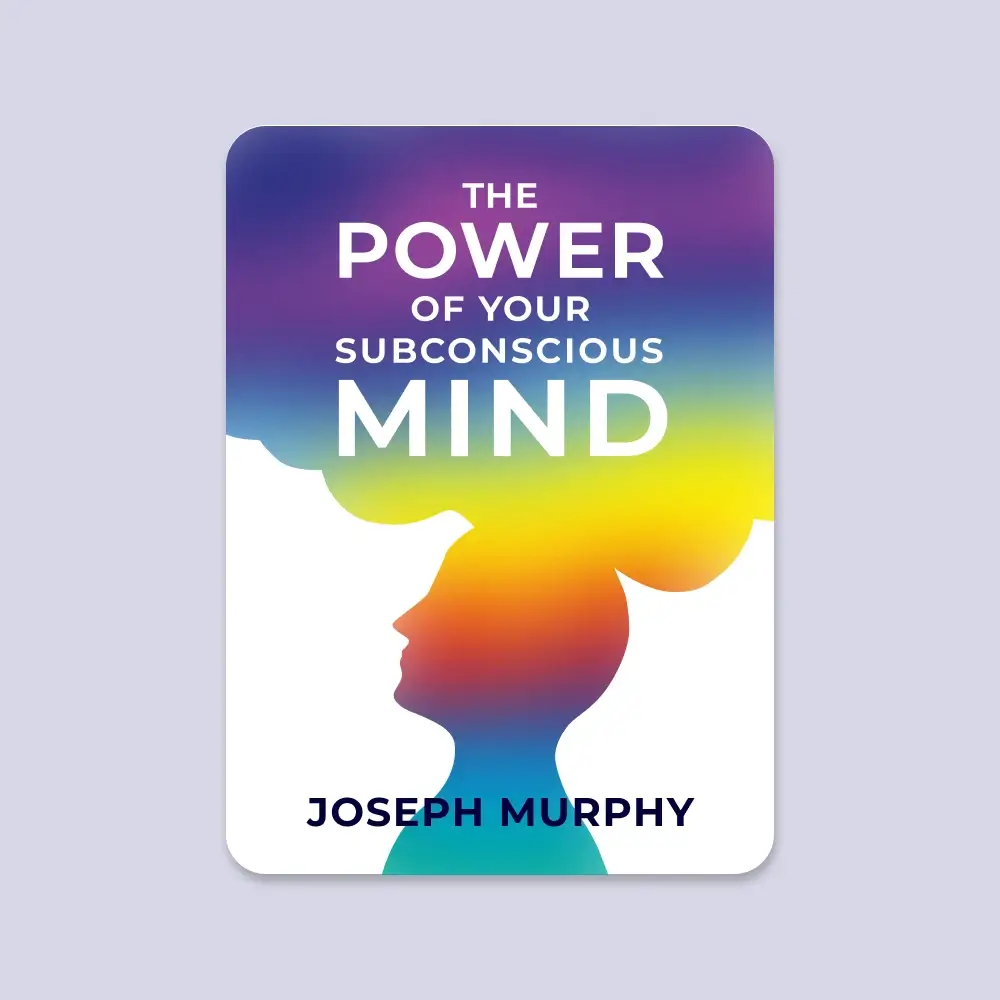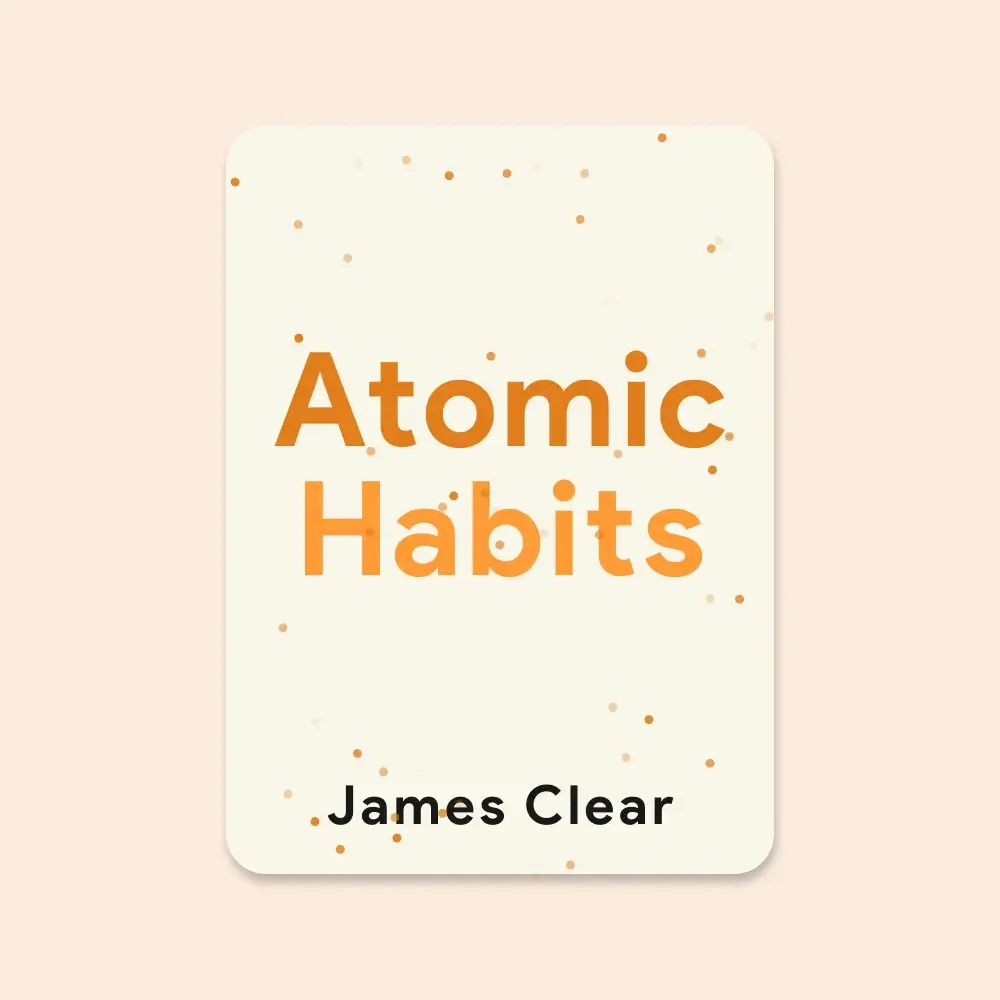
Atomic Habits
📈 Small habits = big impact - A 1% improvement daily compounds to 37x better over a year. Habits are the compound interest of self-improvement.
🔁 Systems > goals - Goals set direction. Systems create progress. Build processes that support the outcomes you want.
🧠 Identity shapes behavior - Focus on who you want to become, not just what you want to achieve. Habits reinforce identity.
⚙️ 4 Laws of Behavior Change -
Cue: Make it obvious
Craving: Make it attractive
Response: Make it easy
Reward: Make it satisfying
🙅 How to break bad habits -
Cue: Make it invisible
Craving: Make it unattractive
Response: Make it difficult
Reward: Make it unsatisfying
🧱 Build habits with the 2-Minute Rule - Make it easy to start. Read one page. Do one pushup. Master showing up before optimizing.
📍 Environment > willpower - Design your space to make good habits easier and bad habits harder. Reduce friction.
🧑🤝🧑 Social proof drives habits - We imitate the habits of the close, the many, and the powerful. Surround yourself with people who live your desired habits.
📊 Track and celebrate - Habit tracking boosts motivation. Celebrate small wins to stay consistent and reinforce the loop.
💡 Dopamine fuels behavior - Anticipation of reward triggers action. Use temptation bundling to link habits to pleasure.
🎯 Play to your strengths - Pick habits that fit your natural skills and interests. The right field of competition multiplies effort.
🎯 Goldilocks Rule - Motivation peaks when challenges are just hard enough—not too easy, not too hard.
💤 Boredom is the real enemy - Everyone faces it. Success comes to those who show up even when it’s boring.
🔍 Reflect and refine - Mastery comes from deliberate practice and course correction. Review habits and tweak your system.
🧩 Success = habits + identity + environment - Your system drives your outcomes. Change the inputs. Upgrade your environment. Reinforce your desired identity.
-
Changes that seem small and unimportant at first will compound into remarkable results if you’re willing to stick with them for years.
-
If you can get 1 percent better each day for one year, you’ll end up thirty-seven times better by the time you’re done. Conversely, if you get 1 percent worse each day for one year, you’ll decline nearly down to zero.
-
1% worse every day for one year. 0.99365 = 00.03
-
1% better every day for one year. 1.01365 = 37.78
-
Habits are the compound interest of self-improvement. The same way that money multiplies through compound interest, the effects of your habits multiply as you repeat them. They seem to make little difference on any given day and yet the impact they deliver over the months and years can be enormous. It is only when looking back two, five, or perhaps ten years later that the value of good habits and the cost of bad ones becomes strikingly apparent.
-
Breakthrough moments are often the result of many previous actions, which build up the potential required to unleash a major change.
-
All big things come from small beginnings. The seed of every habit is a single, tiny decision. But as that decision is repeated, a habit sprouts and grows stronger.
-
Goals are about the results you want to achieve. Systems are about the processes that lead to those results.
-
The implicit assumption behind any goal is this: “Once I reach my goal, then I’ll be happy.” The problem with a goals-first mentality is that you’re continually putting happiness off until the next milestone.
-
If you’re having trouble changing your habits, the problem isn’t you. The problem is your system. Bad habits repeat themselves again and again not because you don’t want to change, but because you have the wrong system for change.
-
Habits are a double-edged sword. They can work for you or against you, which is why understanding the details is essential.
-
Small changes often appear to make no difference until you cross a critical threshold. The most powerful outcomes of any compounding process are delayed. You need to be patient.
-
Once your pride gets involved, you’ll fight tooth and nail to maintain your habits.
-
The more you repeat a behavior, the more you reinforce the identity associated with that behavior.
-
The most effective way to change your habits is to focus not on what you want to achieve, but on who you wish to become.
-
Becoming the best version of yourself requires you to continuously edit your beliefs, and to upgrade and expand your identity.
-
A habit is a behavior that has been repeated enough times to become automatic. The process of habit formation begins with trial and error.
-
This is the feedback loop behind all human behavior: try, fail, learn, try differently. With practice, the useless movements fade away and the useful actions get reinforced. That’s a habit forming.
-
Habits are mental shortcuts learned from experience. In a sense, a habit is just a memory of the steps you previously followed to solve a problem in the past. Whenever the conditions are right, you can draw on this memory and automatically apply the same solution. The primary reason the brain remembers the past is to better predict what will work in the future.
-
The process of building a habit can be divided into four simple steps: cue, craving, response, and reward.
- How to Create a Good Habit
- The 1st law (Cue): Make it obvious.
- The 2nd law (Craving): Make it attractive.
- The 3rd law (Response): Make it easy.
- The 4th law (Reward): Make it satisfying.
- How to Break a Bad Habit
- Inversion of the 1st law (Cue): Make it invisible.
- Inversion of the 2nd law (Craving): Make it unattractive.
- Inversion of the 3rd law (Response): Make it difficult.
- Inversion of the 4th law (Reward): Make it unsatisfying.
-
With enough practice, your brain will pick up on the cues that predict certain outcomes without consciously thinking about it.
-
Once our habits become automatic, we stop paying attention to what we are doing.
-
The process of behavior change always starts with awareness. You need to be aware of your habits before you can change them.
-
Pointing-and-Calling raises your level of awareness from a nonconscious habit to a more conscious level by verbalizing your actions.
-
If you aren’t sure when to start your habit, try the first day of the week, month, or year. People are more likely to take action at those times because hope is usually higher. If we have hope, we have a reason to take action. A fresh start feels motivating.
-
The Diderot Effect states that obtaining a new possession often creates a spiral of consumption that leads to additional purchases.
-
Habit stacking is a special form of an implementation intention. Rather than pairing your new habit with a particular time and location, you pair it with a current habit.
-
Habit stacking works best when the cue is highly specific and immediately actionable.
-
Behavior is a function of the Person in their Environment, or B = f (P,E).
-
Small changes in context can lead to large changes in behavior over time.
-
A more reliable approach is to cut bad habits off at the source. One of the most practical ways to eliminate a bad habit is to reduce exposure to the cue that causes it.
-
People with high self-control tend to spend less time in tempting situations. It’s easier to avoid temptation than resist it.
-
Inversion of the 1st Law: Make It Invisible
-
We need to make our habits attractive because it is the expectation of a rewarding experience that motivates us to act in the first place.
-
The more attractive an opportunity is, the more likely it is to become habit-forming.
-
Habits are a dopamine-driven feedback loop. When dopamine rises, so does our motivation to act.
-
It is the anticipation of a reward—not the fulfillment of it—that gets us to take action. The greater the anticipation, the greater the dopamine spike.
-
Temptation bundling is one way to make your habits more attractive. The strategy is to pair an action you want to do with an action you need to do.
-
We pick up habits from the people around us. We copy the way our parents handle arguments, the way our peers flirt with one another, the way our coworkers get results. When your friends smoke pot, you give it a try, too. When your wife has a habit of double-checking that the door is locked before going to bed, you pick it up as well.
-
We tend to adopt habits that are praised and approved of by our culture because we have a strong desire to fit in and belong to the tribe.
-
We tend to imitate the habits of three social groups: the close (family and friends), the many (the tribe), and the powerful (those with status and prestige).
-
One of the most effective things you can do to build better habits is to join a culture where (1) your desired behavior is the normal behavior and (2) you already have something in common with the group.
-
If a behavior can get us approval, respect, and praise, we find it attractive.
-
Reframing your habits to highlight their benefits rather than their drawbacks is a fast and lightweight way to reprogram your mind and make a habit seem more attractive.
-
Stressed at work? Take three deep breaths and smile. Sad about life? Three deep breaths and smile.
-
Highlight the benefits of avoiding a bad habit to make it seem unattractive.
-
Habits are attractive when we associate them with positive feelings and unattractive when we associate them with negative feelings. Create a motivation ritual by doing something you enjoy immediately before a difficult habit.
-
Create a motivation ritual. Do something you enjoy immediately before a difficult habit.
-
Inversion of the 2nd Law: Make It Unattractive
-
All habits follow a similar trajectory from effortful practice to automatic behavior, a process known as automaticity. Automaticity is the ability to perform a behavior without thinking about each step, which occurs when the nonconscious mind takes over.
-
The most effective form of learning is practice, not planning.
-
Focus on taking action, not being in motion.
-
Every habit is just an obstacle to getting what you really want.
- Human behavior follows the Law of Least Effort. We will naturally gravitate toward the option that requires the least amount of work.
-
Create an environment where doing the right thing is as easy as possible.
-
Reduce the friction associated with good behaviors. When friction is low, habits are easy.
-
Increase the friction associated with bad behaviors. When friction is high, habits are difficult.
-
The idea is to make your habits as easy as possible to start. Anyone can meditate for one minute, read one page, or put one item of clothing away. And, as we have just discussed, this is a powerful strategy because once you’ve started doing the right thing, it is much easier to continue doing it. A new habit should not feel like a challenge. The actions that follow can be challenging, but the first two minutes should be easy.
-
The point is to master the habit of showing up. The truth is, a habit must be established before it can be improved. If you can’t learn the basic skill of showing up, then you have little hope of mastering the finer details. Instead of trying to engineer a perfect habit from the start, do the easy thing on a more consistent basis. You have to standardize before you can optimize.
-
It’s better to do less than you hoped than to do nothing at all.
-
The Two-Minute Rule states, “When you start a new habit, it should take less than two minutes to do.”
-
The best way to break a bad habit is to make it impractical to do. Increase the friction until you don’t even have the option to act.
-
The inversion of the 3rd Law of Behavior Change is make it difficult.
-
A commitment device is a choice you make in the present that locks in better behavior in the future.
-
Onetime choices—like buying a better mattress or enrolling in an automatic savings plan—are single actions that automate your future habits and deliver increasing returns over time.
-
The vital thing in getting a habit to stick is to feel successful—even if it’s in a small way. The feeling of success is a signal that your habit paid off and that the work was worth the effort.
-
We are more likely to repeat a behavior when the experience is satisfying.
-
The human brain evolved to prioritize immediate rewards over delayed rewards.
-
The Cardinal Rule of Behavior Change: What is immediately rewarded is repeated. What is immediately punished is avoided.
-
The first three laws of behavior change—make it obvious, make it attractive, and make it easy—increase the odds that a behavior will be performed this time. The fourth law of behavior change—make it satisfying—increases the odds that a behavior will be repeated next time.
-
The most effective form of motivation is progress. When we get a signal that we are moving forward, we become more motivated to continue down that path. In this way, habit tracking can have an addictive effect on motivation. Each small win feeds your desire.
-
Missing once is an accident. Missing twice is the start of a new habit.
-
“The first rule of compounding: Never interrupt it unnecessarily.”
-
Never miss twice. If you miss one day, try to get back on track as quickly as possible.
-
Just because you can measure something doesn’t mean it’s the most important thing.
-
Pain is an effective teacher. If a failure is painful, it gets fixed. If a failure is relatively painless, it gets ignored. The more immediate and more costly a mistake is, the faster you will learn from it.
-
We repeat bad habits because they serve us in some way, and that makes them hard to abandon. The best way I know to overcome this predicament is to increase the speed of the punishment associated with the behavior. There can’t be a gap between the action and the consequences.
-
To make bad habits unsatisfying, your best option is to make them painful in the moment. Creating a habit contract is a straightforward way to do exactly that.
-
The inversion of the 4th Law of Behavior Change is make it unsatisfying.
-
We are less likely to repeat a bad habit if it is painful or unsatisfying.
-
An accountability partner can create an immediate cost to inaction. We care deeply about what others think of us, and we do not want others to have a lesser opinion of us.
-
A habit contract can be used to add a social cost to any behavior. It makes the costs of violating your promises public and painful.
-
Knowing that someone else is watching you can be a powerful motivator.
-
The mark of whether you are made for a task is not whether you love it but whether you can handle the pain of the task easier than most people. When are you enjoying yourself while other people are complaining? The work that hurts you less than it hurts others is the work you were made to do.
-
Flow is the mental state you enter when you are so focused on the task at hand that the rest of the world fades away. This blend of happiness and peak performance is what athletes and performers experience when they are “in the zone.” It is nearly impossible to experience a flow state and not find the task satisfying at least to some degree.
-
For just a moment, ignore what you have been taught. Ignore what society has told you. Ignore what others expect of you. Look inside yourself and ask, “What feels natural to me? When have I felt alive? When have I felt like the real me?” No internal judgments or people-pleasing. No second-guessing or self-criticism. Just feelings of engagement and enjoyment. Whenever you feel authentic and genuine, you are headed in the right direction.
-
Specialization is a powerful way to overcome the “accident” of bad genetics. The more you master a specific skill, the harder it becomes for others to compete with you.
-
The secret to maximizing your odds of success is to choose the right field of competition.
-
Pick the right habit and progress is easy. Pick the wrong habit and life is a struggle.
-
Habits are easier when they align with your natural abilities. Choose the habits that best suit you.
-
Genes do not eliminate the need for hard work. They clarify it. They tell us what to work hard on.
-
The Goldilocks Rule states that humans experience peak motivation when working on tasks that are right on the edge of their current abilities. Not too hard. Not too easy. Just right.
-
When you’re starting a new habit, it’s important to keep the behavior as easy as possible so you can stick with it even when conditions aren’t perfect.
-
Mastery requires practice. But the more you practice something, the more boring and routine it becomes. Once the beginner gains have been made and we learn what to expect, our interest starts to fade. Sometimes it happens even faster than that. All you have to do is hit the gym a few days in a row or publish a couple of blog posts on time and letting one day slip doesn’t feel like much. Things are going well. It’s easy to rationalize taking a day off because you’re in a good place.
-
The sweet spot of desire occurs at a 50/50 split between success and failure. Half of the time you get what you want. Half of the time you don’t. You need just enough “winning” to experience satisfaction and just enough “wanting” to experience desire. This is one of the benefits of following the Goldilocks Rule. If you’re already interested in a habit, working on challenges of just manageable difficulty is a good way to keep things interesting.
-
Variable rewards or not, no habit will stay interesting forever. At some point, everyone faces the same challenge on the journey of self-improvement: you have to fall in love with boredom.
-
The greatest threat to success is not failure but boredom.
-
Habits + Deliberate Practice = Mastery
-
Improvement is not just about learning habits, it’s also about fine-tuning them. Reflection and review ensures that you spend your time on the right things and make course corrections whenever necessary.
-
The tighter we cling to an identity, the harder it becomes to grow beyond it.
-
The upside of habits is that we can do things without thinking. The downside is that we stop paying attention to little errors.
-
Success is not a goal to reach or a finish line to cross. It is a system to improve, an endless process to refine.
-
“If you’re having trouble changing your habits, the problem isn’t you. The problem is your system. Bad habits repeat themselves again and again not because you don’t want to change, but because you have the wrong system for change.”
- Being motivated and curious counts for more than being smart because it leads to action. Being smart will never deliver results on its own because it doesn’t get you to act. It is desire, not intelligence, that prompts behavior. As Naval Ravikant says, “The trick to doing anything is first cultivating a desire for it.”
